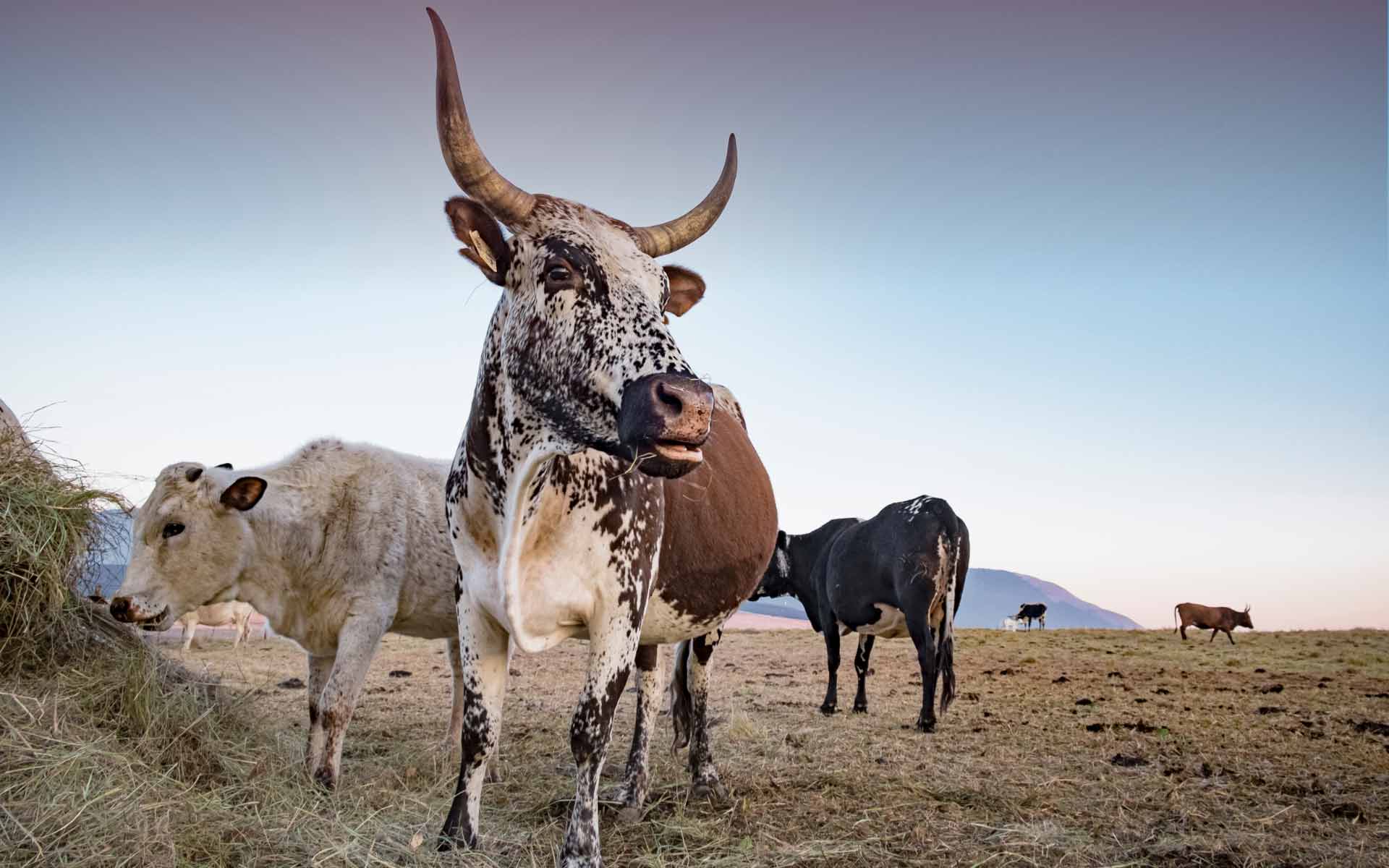Colombia is the 17th largest beef-producing country with more than 23 million cattle heads. While most of this livestock caters to the domestic markets (only 4% makes it to export markets), cattle dominate the existing agricultural land-use by pure coverage. One-third of the total land area of the country is used for cattle grazing. More significantly, its beef industry is the second most emissions-intensive, second only to India. This emissions intensity makes the industry vulnerable to climate transitions. Orbitas’ analyst brief on Colombian cattle examines these vulnerabilities in detail.
Historically, it is well-understood that the movement of cattle into fresh pastures and regions has proved an effective strategy for Colombian producers to secure land tenure. This strategy contradicts the Colombian government’s priorities to increase productivity and decrease the land available for cattle production. As a result, the domestic industry is characterized by extensive systems on unsuitable lands. Orbitas research shows that only 15 million hectares of land are identified as being suitable for cattle ranching.
Cattle Suitability Map

Source: Orbitas
Our topline results of the sector reveal that:
- The high emissions intensity and significant land-use that characterizes the sector will expose it to declining trends in consumer demand, deforestation restrictions (that have a direct impact on land competition and land values), and rising costs through emissions from pasture conversion and cattle production.
- Larger and more carbon-intensive producers face the highest risks of cost increases and emissions costs as high as six times of total projected production costs within 20 years.
- Opportunities exist if the sector is able to pivot. Intensive pastoral systems can generate internal rate of returns of as much as 32% and a payback period of just three to four years. These benefits are even more pronounced under our climate transition modelling.
For the sector to navigate climate transitions and align itself with the government’s goals of 30% reduction in emissions by 2030, concrete actions can be taken to ensure that Colombia’s climate commitments are met. Orbitas recommends that investors assess and encourage the sector to disclose climate-related exposure and vulnerability in line with FSB’s Task Force on Climate-related Financial Disclosures (TCFD); increase lending to and invest in producers implementing sustainable practices; and lastly, broaden silvopastoral investment programs, financial products and technical assistance to small- and medium-sized producers.
For more insights, download Orbitas’ full Colombia cattle sector report below:
DOWNLOAD ENGLISH DESCARGAR ESPAÑOL